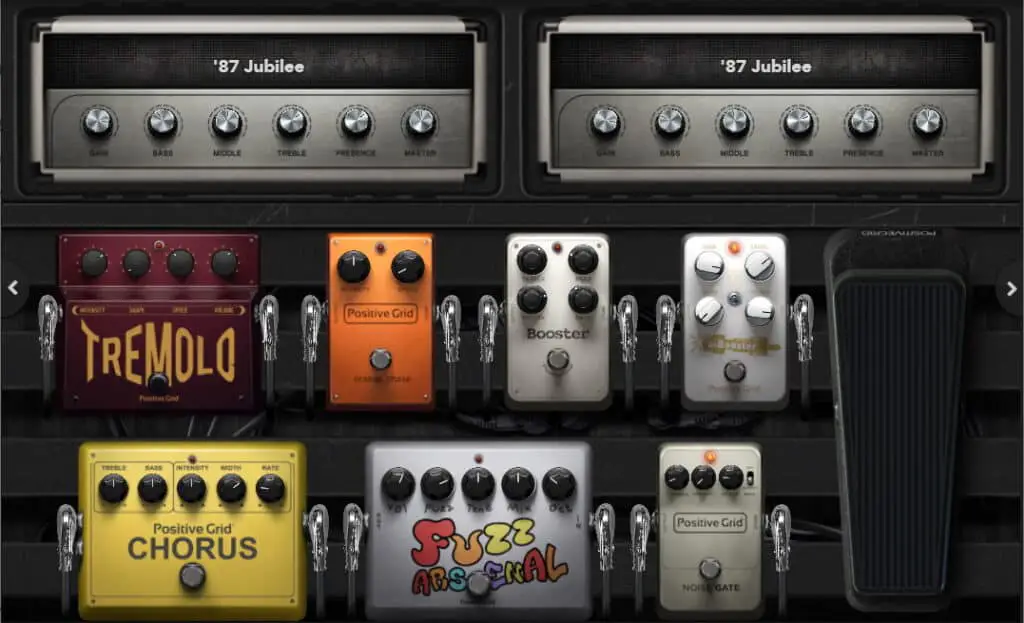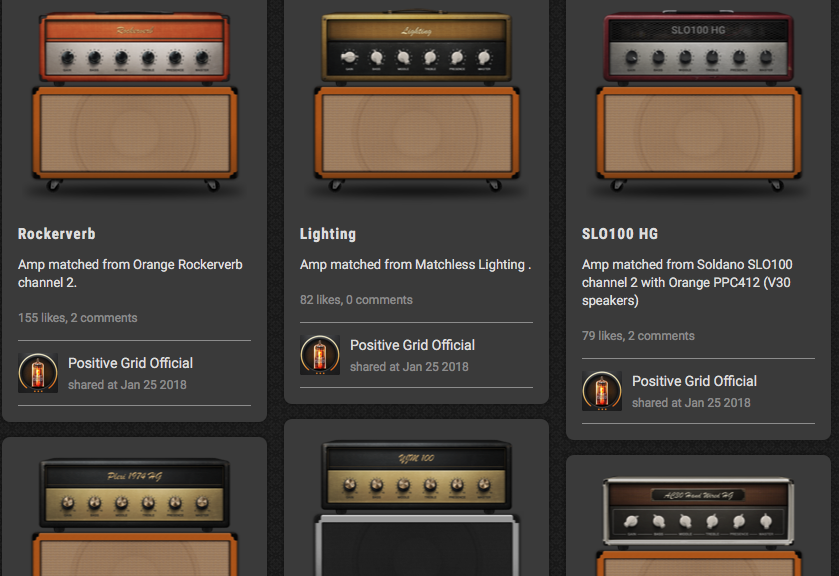

This little amp packs 40 watts in a very nicely finished leather caging. It’s a small, simple, 5.2 kg (11.5 lb), attractive, retro-looking box, that fits onto your desk and gives you the ability to let literally thousands of different configurations through, including some that suit acoustic and bass guitars.
Purely Physical Positive Grid Spark Amp review: Tech specs, feel and sound. So much so, that this Positive Grid Spark Amp review will have to be split into two parts: Keeping the year of release in mind is also a must, as musical gear just keeps on getting better year after year, as we´ll see. Gigging capacity will be analyzed further down in this article, but let us just keep that in mind for now. It is aimed to quench the needs of those who are practicing and playing around at home. To give context, this modeling amp was released in late 2020, and immediately took that year’s NAMM awards by storm. This is, on the Positive Grid webpage, and not at all the only place you can purchase it from, but it does come with a traveler gig bag, for a limited time. Drop C Guitar Tuning Guide - February 23, 2022Īt the current time, The Positive Grid Spark “Practice Amp” – from now on, Spark Amp- retails for 216€, including a 43€ discount in Europe. Best Acoustic Pickups on the Market 2022 - March 18, 2022. Jimi Hendrix Guitars and Gear: A Comprehensive List - April 3, 2022. While there is no way to change the voltage or current provided by the HackRF, it is possible to add a Bias T external to the HackRF. So how do you change the HackRF’s Bias-T voltage? Especially LNAs that have a large dynamic range as indicated by their IP3 specification. That’s a very small amount of current for many LNAs. For instance the HackRF can only source up to +3.3 VDC 50 mA. The only limitation in some of them is the amount of current that the SDR can provide to power the LNA. So they are able to power remote LNAs or active antennas. Most of the SDRs on our list here have bias tees built into them at the antenna port. In the absence of a bias tee, a DC supply would have to be added to the top of the tower which would be challenging to say the least! Bias-T and Software-defined Radios This configuration with two bias tees enables powering a LNA at the top of a tower. The DC port of the bias tee close to the LNA is used to power the LNA. Note that the RF+DC ports of both Bias Tees are connected to each other with the long cable in-between. Powering a Low Noise Amplifier with a Bias Tee Another bias tee is inserted just after the LNA with its RF port connected to the LNA. 

A bias tee is inserted before the receiver with it’s RF port connected to the SDR. Let’s now see how this is applied in the case of our LNA example above. So essentially the capacitor blocks the DC signal from appearing on the RF port while the inductor prevents the RF signal from flowing through to the DC port. A third port allows both the RF and DC voltage to pass through. Another port is used for only the RF signal in either direction. A DC voltage sufficient to power the LNA can be applied to one of the ports.







 0 kommentar(er)
0 kommentar(er)
